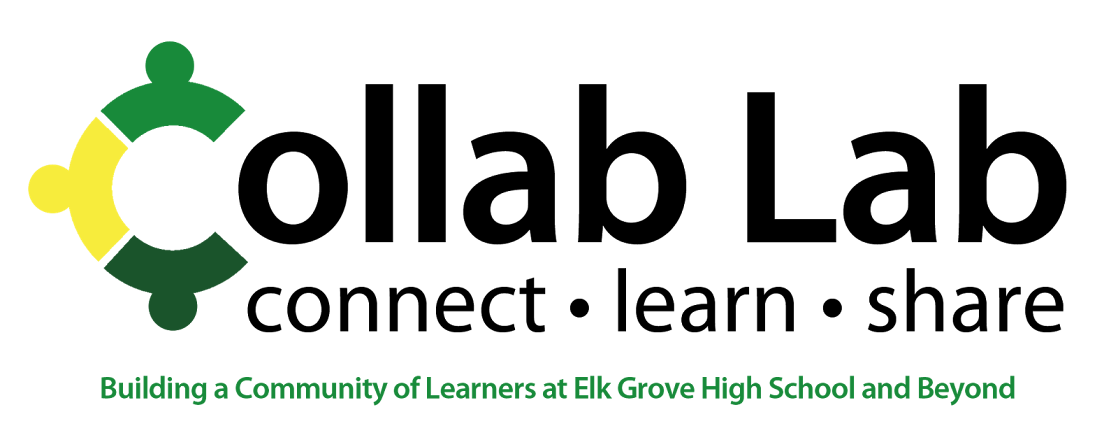Hello colleagues! We are (fairly) new users to the iPad this year with our 1:1 pilot for junior students in Prep American Lit & Comp. When asked to discuss how we utilize iPads in the classroom, we were happy to share.
For us, a mix of technology and more traditional teaching and learning strategies in the classroom seem to work best, especially with struggling learners. Below is an outline of a lesson we did earlier this year that utilized traditional, hands-on, and technological devices to support learning and provide our students with a “Day in the Life of a Puritan” experience (prior to our reading of The Crucible).
First, students reviewed the basics of Puritan living with a standard PowerPoint we created to highlight key elements. Students too notes (using good ol' fashioned pen and paper) about the main ideas regarding Puritan life including naming, clothing, church ideals, free time, meals, homes, and punishments.
Once any student who wanted to had a turn partaking in the activities, students were assessed on what they learned. They were able to use the notes they took from the PowerPoint, what they saw and did in class, and anything they remembered from our discussion to create a Pic Collage (iPad app) showcasing pictures and descriptions of what they learned about the Puritans.
The combination of reinforcing the material with a PowerPoint, hands-on experiences, and technology allowed us to reach all students. With varied learning styles, we tried to ensure that each student had the opportunity to understand, process, and show that they comprehended the day’s lesson.
We find that most days our lessons consist of one activity that utilizes the iPad and at least one or more that do not. For example, we may read an act from The Crucible in class and then have the students respond to a discussion question online using their iPads. Or we run a presentation via the Nearpod application that asks for responses from students while presenting information (answer a question, draw a picture, vote on a response, etc.) and then review what we have learned using a whole-class discussion face-to-face. We were nervous about the wide array of applications and how we were going to turn ours into a virtual classroom, but the truth is that a combination of technology and traditional, non-technological methods of teaching work best for our classes.

For us, a little goes a long way; we like to strike a balance in class and always have a back-up plan depending on students’ needs that day

No comments:
Post a Comment
Note: Only a member of this blog may post a comment.